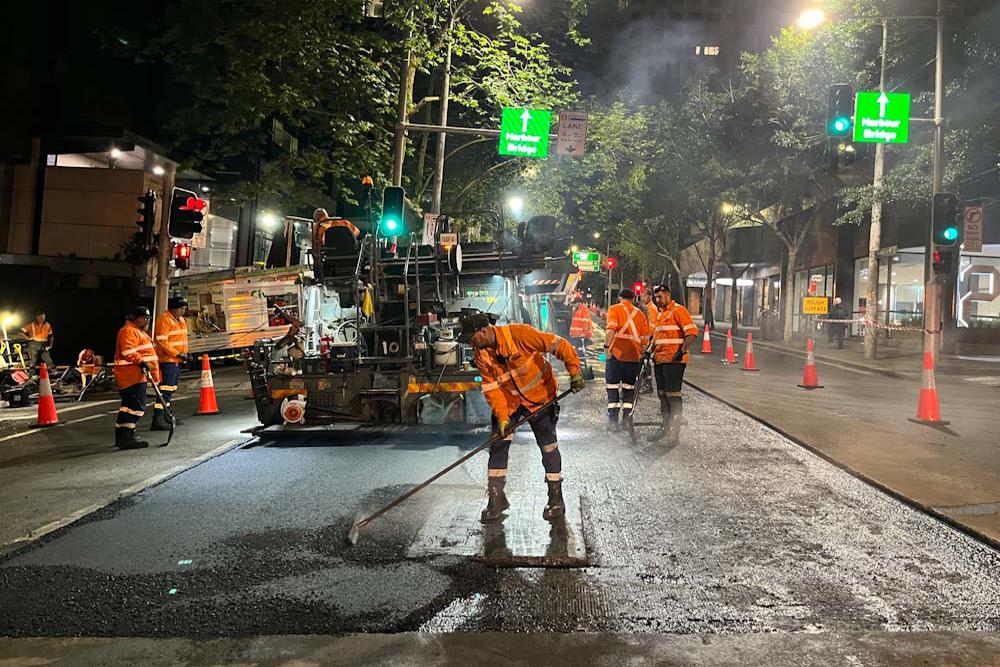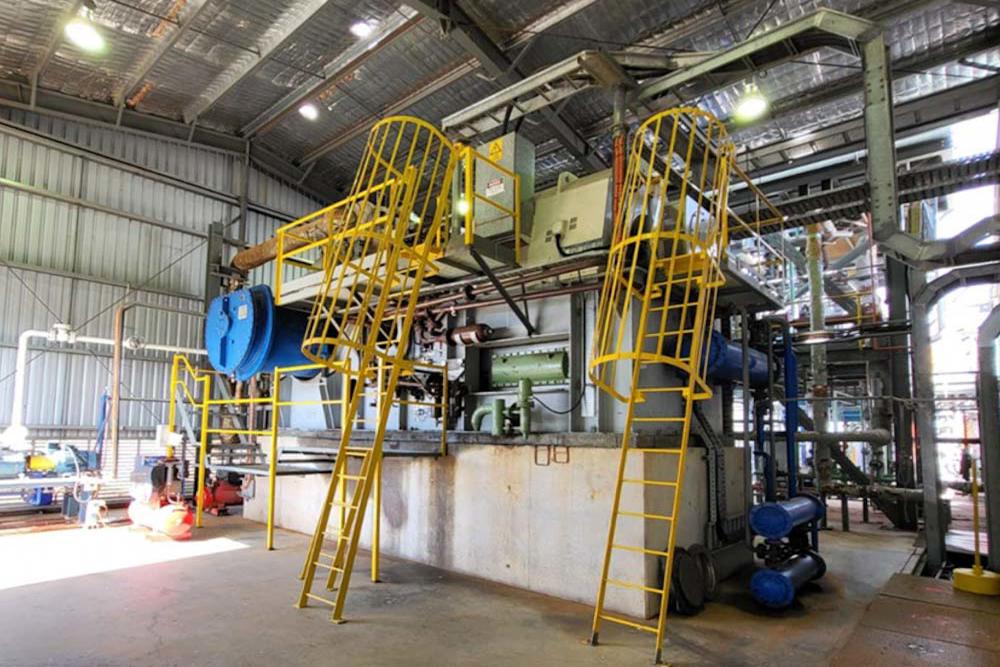
Concrete is the backbone of our modern world, but its production is a major contributor to global carbon emissions.
Researchers are now pioneering new “smart concrete” technologies to make this ubiquitous material more sustainable, durable, and multifunctional.
At the University of New South Wales, Associate Professor Wengui Li is leading efforts to develop self-sensing concrete embedded with conductive sensors that can detect microscopic cracks before they worsen.
“It’s far better to act early on cracks in structures. Leaving it too late can lead to demolishing,” Li explains.
This could help prevent catastrophic failures like the 2018 Opal Tower incident, where residents were evacuated due to cracking in structural concrete beams.
Li’s team has also successfully added a crystalline mixture to concrete that can heal hairline cracks after exposure to moisture, potentially extending the lifespan of reinforced concrete structures from 50 years to over a century.
“If we can solve this problem, we can improve the durability and extend the service life of the concrete to more than 100 years,” said Li.
Beyond self-healing concrete, researchers are exploring cement-free alternatives like geopolymer concrete, which replaces cement’s carbon-intensive clinker with industrial byproducts like coal ash and slag.
Li’s group has developed geopolymer concrete containing over 80 per cent recycled glass powder, diverting waste from landfills.
Other innovations include photocatalytic concrete that uses titanium dioxide and light exposure to break down air pollutants from vehicle exhaust into harmless salts.
In the U.S., engineers have created a concrete supercapacitor by adding carbon black, paving the way for energy-storing concrete foundations that could power entire homes.
“After trying to make concrete stronger and more durable, the next research will focus on the multifunctional,” predicts Li. “Soon, more and more innovations will be moved out of labs and into the field for commercialisation.”
As the world grapples with the climate crisis, these concrete solutions offer a promising path toward sustainable and resilient construction.











